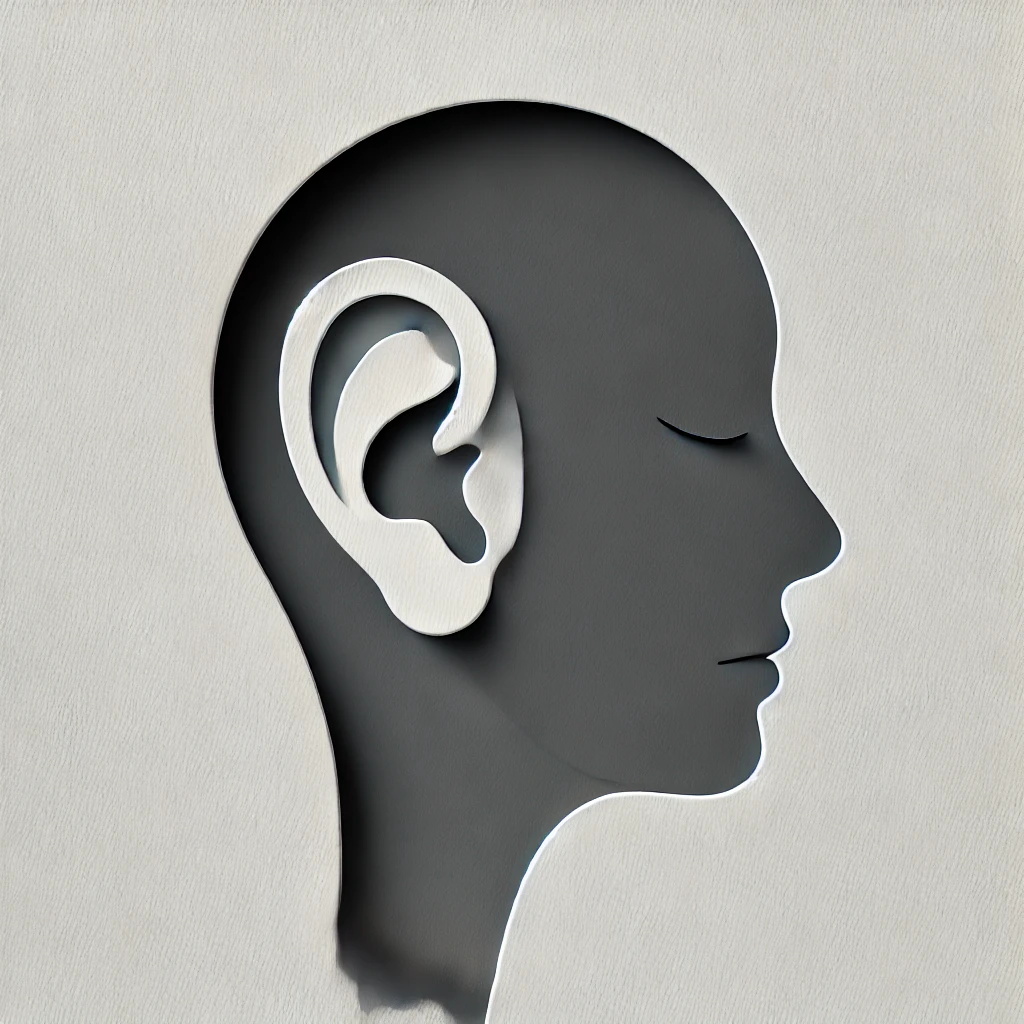
Protruding or asymmetrical ears can be a source of concern for some individuals, leading them to explore ways to adjust their appearance. While surgical ear pinning, also known as otoplasty, has been a long-standing solution, there is growing interest in non-surgical alternatives to ear pinning. This blog examines the effectiveness of these non-invasive approaches, comparing them to traditional surgical methods and offering a balanced view for those considering their options.
What Is Ear Pinning?
Ear pinning, or otoplasty is a surgical procedure aimed at altering the position, shape, or size of the ears to foster a more proportionate look. The surgery typically involves reshaping the cartilage to bring the ears closer to the head or address structural irregularities.
While effective, surgical ear pinning requires downtime and carries inherent surgical risks. This has led to increased interest in non-invasive alternatives to otoplasty focusing on less intensive solutions.
Non-Surgical Alternatives to Ear Pinning
Several non-invasive ear-reshaping methods are available, appealing to those seeking temporary solutions or avoiding surgery. However, it is important to recognise their limitations.
1. Ear Moulding for Infants: Ear moulding is a non-invasive method primarily designed for infants with soft, pliable cartilage.
- How It Works: The mould is applied to the ears and kept in place for several weeks. Over time, the cartilage adapts to the desired shape.
- Effectiveness: This method is most successful when applied during the first few months of life when cartilage is highly malleable. For older children or adults, this technique is generally not effective.
2. Clip-On Devices: Clip-on devices provide a temporary solution for older children and adults.
- How It Works: These devices attach to the ears and provide a temporary adjustment to their position.
- Effectiveness: While they may provide an immediate effect, the refinement of physical appearance is temporary and lasts only while the device is in use. They are not a permanent solution and may cause discomfort if used for extended periods.
3. Adhesive Products: Adhesive strips or tapes are a popular option for temporary adjustments, particularly for special occasions.
- How It Works: Adhesive strips or tapes are applied to the back of the ears and secured to the skin behind them.
- Effectiveness: Similar to clip-on devices, adhesive products are temporary and may lose effectiveness if used frequently. They are best suited for short-term use.
4. Injectable Fillers: Injectable fillers, commonly used in cosmetic procedures, can address minor asymmetries in ear shape.
- How It Works: Fillers are injected into specific areas of the ear to add volume or adjust contours.
- Effectiveness: While this approach may assist in addressing minor asymmetries, it does not offer the level of correction possible with surgery. Additionally, the results are temporary and typically last only a few months.
Comparing Non-Surgical Alternatives to Surgical Ear Pinning
The effectiveness of non-invasive ear reshaping methods depends on the individual’s needs and the extent of the adjustment required. Here is a comparison of key aspects:
1. Scope of Results
- Surgical Ear Pinning: Offers permanent and precise adjustments to the shape, size, or position of the ears.
- Non-Surgical Alternatives: Effective for temporary or minor changes but cannot address significant structural issues.
2. Duration of Results
- Surgical Ear Pinning: Provides long-lasting results.
- Non-Surgical Alternatives: Results are temporary, often lasting only a few hours or months, depending on the method.
3. Applicability
- Surgical Ear Pinning: Suitable for individuals of all ages with a range of concerns.
- Non-Surgical Alternatives: Limited to specific cases, such as ear moulding for infants or temporary adjustments for adults.
4. Time Commitment
- Surgical Ear Pinning: Involves a one-time procedure followed by a recovery period.
- Non-Surgical Alternatives: May require repeated applications or maintenance for continued effectiveness.
5. Cost Considerations
- Surgical Ear Pinning: While more expensive upfront, it is a one-time investment for permanent results.
- Non-Surgical Alternatives: May seem cost-effective initially but could become costly over time due to repeated use.
Are Non-Surgical Methods Effective?
For individuals seeking a temporary or subtle improvement, non-surgical alternatives to ear pinning can be effective within their limitations. However, for those requiring more comprehensive adjustments, surgical ear pinning remains the most reliable solution.
It is essential to consult with a qualified professional to evaluate your specific needs and determine the best course of action. A healthcare provider can help you weigh the benefits and limitations of non-surgical methods versus surgery, ensuring an informed decision.
Making the Right Choice
Choosing between ear pinning without surgery and surgical options depends on factors such as:
- The severity of the concern.
- Your age and cartilage flexibility.
- The desired permanence of results.
- Willingness to undergo surgery and recovery.
While non-surgical methods offer convenience and temporary results, they may not provide the same level of satisfaction as surgical interventions. Individuals seeking a long-term solution should consider consulting a surgeon for otoplasty in Sydney.
Final Thoughts
Non-surgical alternatives to ear pinning can be an effective option for individuals looking for minor or temporary adjustments. Techniques such as ear moulding, clip-on devices, adhesives, and injectable fillers offer varying degrees of improvement. However, their limitations make them unsuitable for significant or permanent reshaping.
For comprehensive and lasting results, surgical ear pinning remains the standard approach. Consulting a professional can help you navigate the options and make an informed decision tailored to your needs. Whether exploring non-invasive ear reshaping or surgical procedures, understanding the potential outcomes and limitations of each approach is essential.




